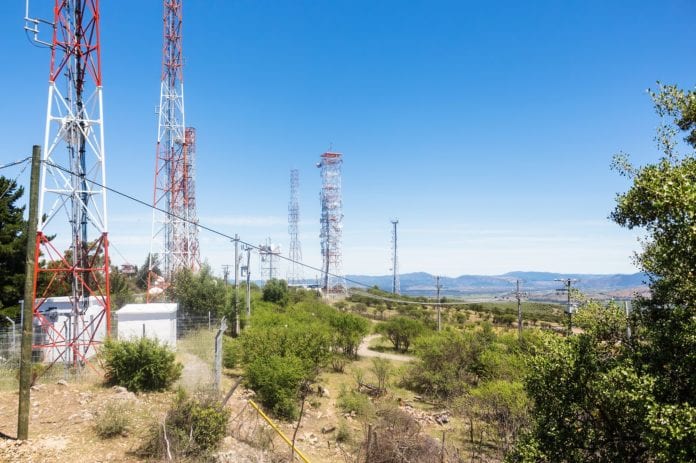SOLiD joins O-RAN Alliance paves the way for transition from LTE to 5G
As operators around the world continue to invest in gigabit-class LTE in tandem with early 5G NR-based networks, new more open Radio Access Network architectures are emerging to enable flexible, dense deployments that moves signal closer to the network edge.
As this seachange continues, SOLiD is keeping pace through ongoing development of its in-building wireless portfolio and, on the standards side, by joining the O-RAN Alliance, an operator/vendor consortium dedicated to developing open RAN interfaces, foster interoperability and take costs out of network infrastructure.
During Mobile World Congress Barcelona, SOLiD Americas President Ken Sandfeld explained the importance of joining the O-RAN Alliance and how it’s good for the industry as a whole and good for SOLiD.
“It breeds creativity and innovation,” he said, “and it allows different disparate vendors to be able to work together obviously driving down costs. Everyone is working towards these standards and cooperating together to come up with the ecosystem. When they create those standards, it’s going to allow companies like SOLiD to partake and come up with our own ideas. SOLiD is able to drive innovation in those areas.”
SOLiD plans to deliver O-RAN-based products in 2019, including its mobile fronthaul and GENESIS distributed antenna system products.
Based in Korea, SOLiD is working with operators SKT, KT and NTT Docomo, who tapped a shared infrastructure model to turn up a commercial 5G network in the world last year using the 3.5 GHz band. Sandfeld says this has given the company key learnings related to 5G NR signal repeaters, new RAN architectures, optical multiplexing and millimeter wave frequencies that can be applied to the U.S. and other key global markets.
With compatible handsets coming to market in the next few months and well-articulated operator expansion plans, 5G is set for a big year in 2019. To facilitate operator and enterprise deployments, SOLiD added 5G NR support to its GENESIS DAS and ALLIANCE platform, which includes base station interfaces, DAS management, optical distribution and expansion units and remote optical units.
Sandfeld said the GENESIS platform is “a new architecture for us–essentially fiber-to-the-edge. It’s going to drive the momentum for active solutions pushed towards the edge. Ultimately what we’re doing today with DAS is going to migrate into a complete suite of active products. That’s really where GENESIS is going to go.”
As it stands, Sandfeld said in the U.S., cellular building penetration is less than 12%. “We’re going to do our part to increase that. The only way you’re going to be able to do all the cool things with 5G is to have more devices in these buildings. We’re going to be making these solutions, providing end-to-end products.”
To read more about SOLiD’s role in the O-RAN Alliance, click here.

